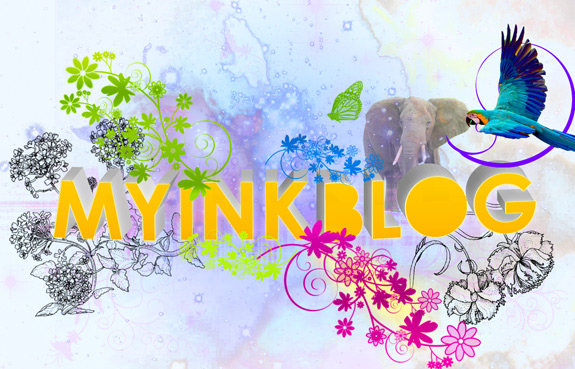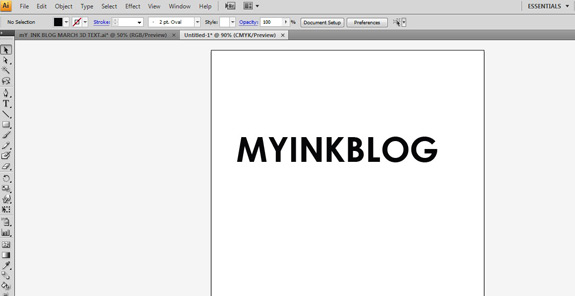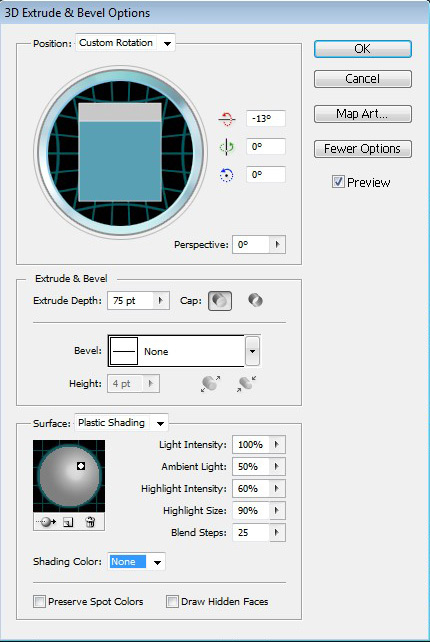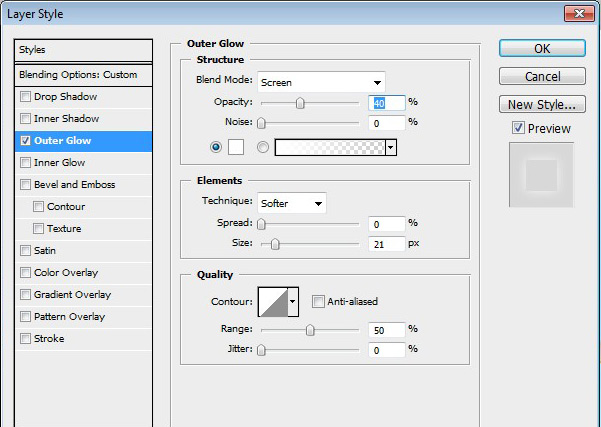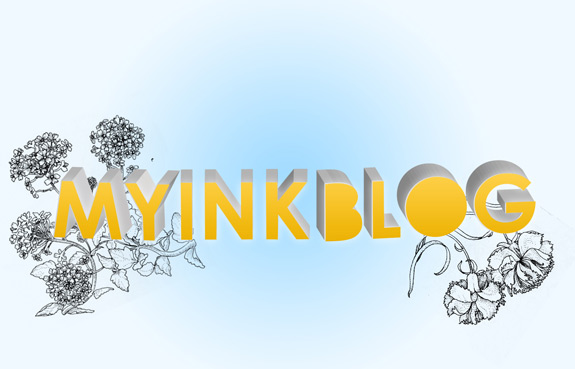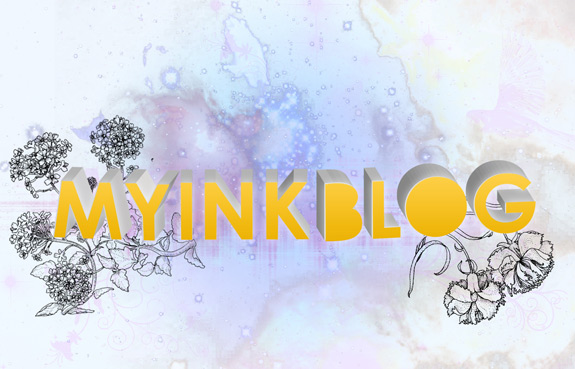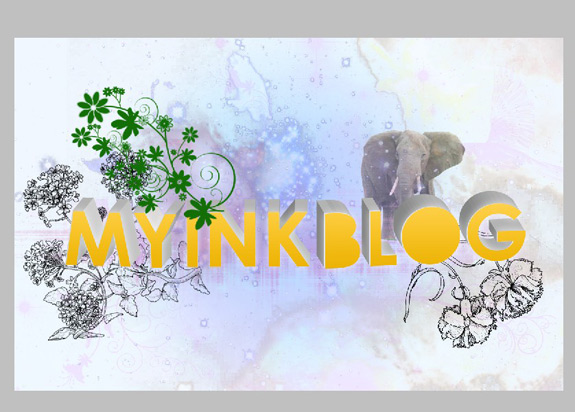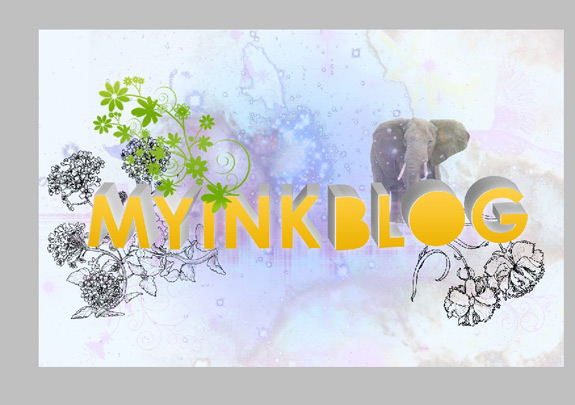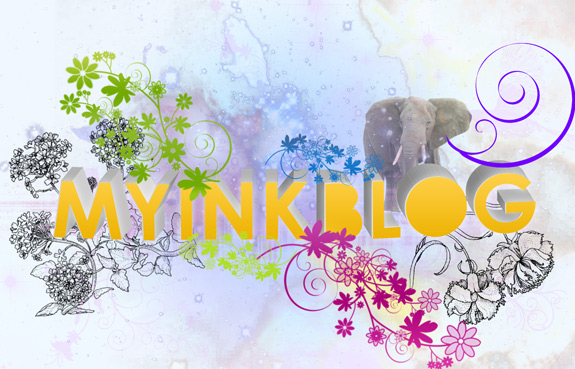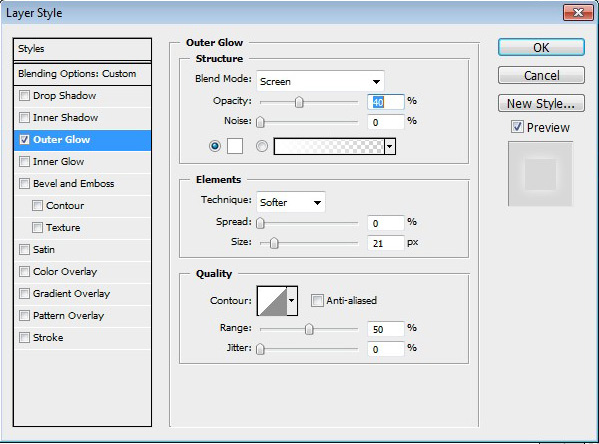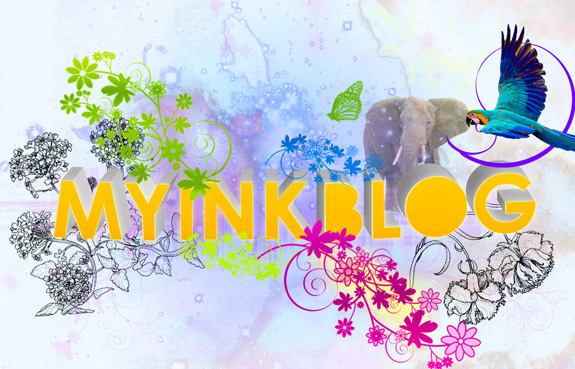Copy Paste Text but Strip the Formatting and HTML Tags
Its a common problem. What you get from the clipboard is not what you want.
When you copy some text from a web page or a Word document to the clipboard and then paste that text inside an email message or another rich text editor, the formatting (font sizes, colors, images) stays intact.
For Microsoft Word and other Office programs, you can use the "Paste Special" command that will auto-convert the pasted content from rich text as plain text format.
See: Copy Command Line Output to Clipboard
Alternatively, you can copy the text to the clipboard and paste everything into Notepad. Select the content in Notepad and copy to clipboard again. In this process, all the document formatting and HTML tags will be remove the clipboard content will be in plain text.
You can also (optionally) remove all HTML tags from the clipboard text, which is excellent for copying and pasting things from the web, without getting all the extra markup.
Then theres Clipboard Fusion which automatically strips the text of all formatting as soon as you copy it to the clipboard. Everything that gets to clipboard after you hit Ctrl+C is converted to plain text.
When you copy some text from a web page or a Word document to the clipboard and then paste that text inside an email message or another rich text editor, the formatting (font sizes, colors, images) stays intact.
For Microsoft Word and other Office programs, you can use the "Paste Special" command that will auto-convert the pasted content from rich text as plain text format.
See: Copy Command Line Output to Clipboard
Alternatively, you can copy the text to the clipboard and paste everything into Notepad. Select the content in Notepad and copy to clipboard again. In this process, all the document formatting and HTML tags will be remove the clipboard content will be in plain text.
You can also (optionally) remove all HTML tags from the clipboard text, which is excellent for copying and pasting things from the web, without getting all the extra markup.
Then theres Clipboard Fusion which automatically strips the text of all formatting as soon as you copy it to the clipboard. Everything that gets to clipboard after you hit Ctrl+C is converted to plain text.





 When you surf through web you may have seen some websites which doesn�t allow their content to be copied. In order to protect their data (text) they use images, flash or any other method. Here I am giving you some methods to extract/copy text from images. This can also be used copy text from games and printed notes. Also known as OCR (Optical Character Recognition). I don�t know whether it can copy text from Hand written. Check it out yourself. Here are the steps�
When you surf through web you may have seen some websites which doesn�t allow their content to be copied. In order to protect their data (text) they use images, flash or any other method. Here I am giving you some methods to extract/copy text from images. This can also be used copy text from games and printed notes. Also known as OCR (Optical Character Recognition). I don�t know whether it can copy text from Hand written. Check it out yourself. Here are the steps�